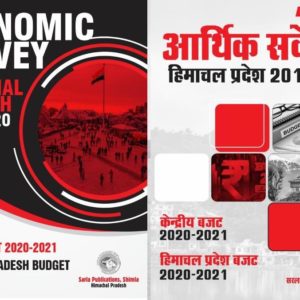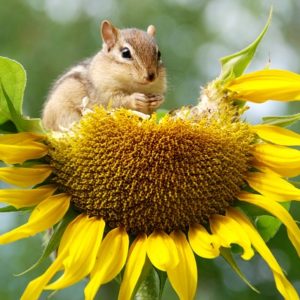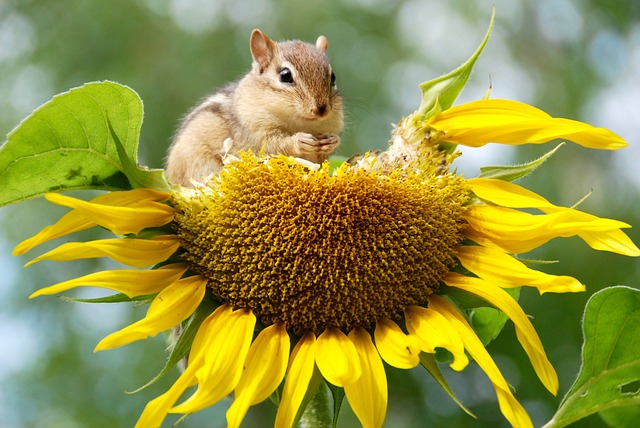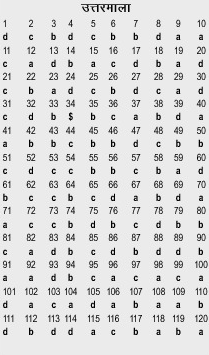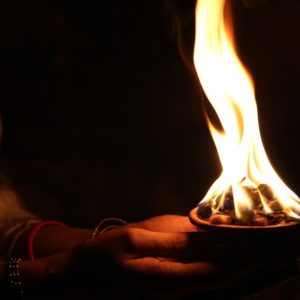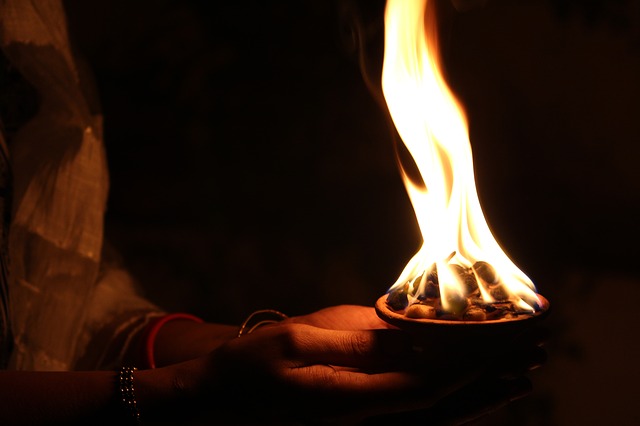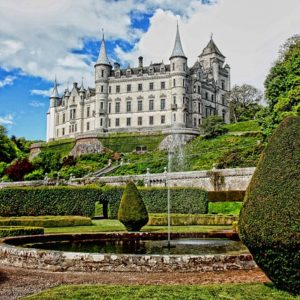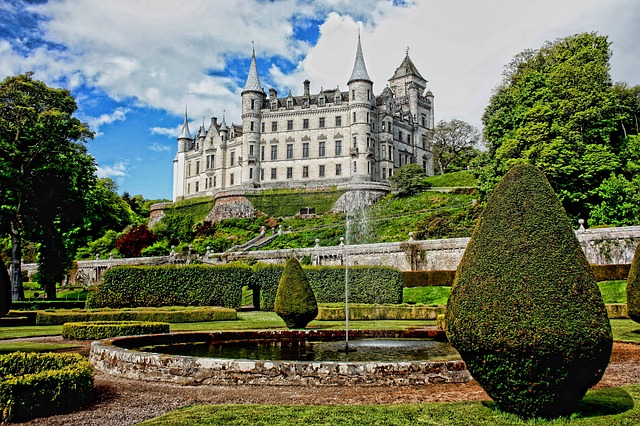FAUNAL DIVERSITY
The state boasts of immense faunal diversity, which is unique to the region. Out of 89,451 species of animals in India, 5,721 species are housed here. This is a big number, considering the small geographical area of Himachal Pradesh, which is only 1.7 per cent of the country. Its diverse fauna includes 649 chordates (77 mammals, 447 birds, 44 amphibians and 83 fishes), 4,543 arthropods (2 bryozoa, 4362 insects, 195 arachnids, 73 myriopods and 73 crustaceans) and 412 others (60 annelids, 73 molluscs, 2 acanthocephala, 132 nematodes, 16 rotifers, 90 platyhelminthes, 2 cnidaria, 3 porifera and 34 protozoans). FLORAL DIVERSITY
Among the pheasants, there are Kalij in the foothills, Koklas and Monal in the temperate and mid-level forests, and the snow cock in the alpine areas. The Western Tragopan, a rare and endangered species, is confined only to the Western Himalayas, Himachal Pradesh also has probably the largest population of Chir pheasants in the world.
Mammals include the Himalayan and long-tailed marmots, Himalayan squirrels and voles. Among herbivores are the ibex, serow, blue sheep, tahr, musk deer, ghoral and the barking deer. A large variety of rare carnivores, including the black bear, Himalayan weasel, yellow-throated martin, stone martin and wolf are also found here. The common leopard and snow leopard are representatives of the larger cats.
FLORAL DIVERSITY
Floral biodiversity in the state is described under forest vegetation, medicinal and aromatic plants, diversity in agricultural crops including unexploited and lesser-known cereal crops, wild fruit and wild ornamental plants. Out of the total of 47,000 plant species found in the country, as many as 3,295 species are reported from Himachal Pradesh. The floral wealth of the State consists of higher plants, ferns, mosses, fungi and lichens. There are 3120 species of angiosperms, 13 species of gymnosperms and 124 pteridophytes and 38 species of orchids.
The vegetation is a blend of ban oak forests, moist temperate deciduous forests, Himalayan alpine forests, pastures and rhododendron scrub forests. Blue pines grow on the lower ranges, while the higher altitudes have firs and spruce. Coniferous forests dominate the mid and high hills with oaks in the depressions. In the foothills, the forests are dry deciduous with sal as the predominant species. In dry localities, Chir pines occur as the dominant species.
The State is rich in medicinal herbs and people in the villages in some pockets are dependent on these medicinal herbs for their livelihood. They regularly cultivate and extract plants of medicinal and aromatic utility from the forest and alpine pastures. Nearly 60 species of highly sought after germplasm from this region are used for the development of high-yielding and disease-resistant domesticated crops. People also raise livestock for agricultural purposes and to fulfil their daily needs of milk, meat, wool and hide. A large proportion of this livestock feeds on the grasses and leaves of trees obtained from both the wild and domesticated habitats. The leaf litter collected from the forests is used as bedding for the cattle and then applied to the agricultural fields as manure.
Many people of the state draw raw material from wild plant resources to make baskets, ropes, mats, leaf plates, artefacts, and so on, to generate income. Collection and sale of medicinal plants from the wild is another source of income for the rural people. Wild mushrooms and guchhi (Morchella sps) are the sources of alternate income for the rural people, which are collected from the local forests during the fruiting season.
No religious ceremony in the State is complete without the use of plants. Many plants including dhoop and juniper are used as incense in religious ceremonies and many others, such as bael (wood apple) and tulsi (basil) are used as offerings for the deities. Whereas bargad (banyan) forms the tree of choice in religious groves in the lower belts, it is the deodar that forms the main species in sacred groves in the higher hills. Gates bedecked with fresh leaves of local keystone species are put up to welcome guests. Such is the relevance of biodiversity to the people of the State that the deodar has been adopted as the state tree, while the rhododendron is the state flower, and the snow leopard is the state animal.
NEED FOR CONSERVATION OF BIODIVERSITY
The biodiversity of Himachal Pradesh is threatened by biotic factors in the absence of strategic action plans for conservation of biological resources. Many species have critically low population, which is further affected by catastrophes or overexploitation leading to the elimination of various species. Due to development activities, many species of flora and fauna are under serious threat. The percentage of threatened species in the fragile mountainous region has been observed to be comparatively much higher in the state because of the dependence of the local people on biological resources for livelihood in the state. Survival of many valuable species of animals and birds, medicinal herbs, aquatic and domesticated floral and faunal species is threatened because of the continuous and unscientific extraction of plants, and also because of poaching. The situation is fast deteriorating due to indiscriminate use of chemicals as fertilisers and spraying of of highly toxic insecticides/ fungicides/pesticides/weedicides in agriculture and horticulture fields, which is spoiling the soil strata as well as microbial biodiversity of the soil in the state. Introduction of exotic species is posing a threat to the survival of the local species in the terrestrial and aquatic ecosystems of the state. Incidences of forest fires are causing irreparable loss to biodiversity. Some of the floral and faunal species that are ffast becoming endangered are as follows:
THREATENED/ENDANGERED FAUNA
Butterflies: Freak, scarce siren, golden emperor, broad-banded sailor, banded apollo, Ladakh banded apollo, pale jezebel
Reptiles: Common Indian monitor, yellow monitor, Indian rock python
Birds: Chir pheasant, monal pheasants, mountain quail, snow cock, tragopan, Himalayan bearded vulture,
Himalayan golden eagle, lagger falcon
Animals: Himalayan brown bear, snow leopard, Himalayan lynx, Kashmir stag, Himalayan ibex, Himalayan
tahr, and so on.
THREATENED/ENDANGERED FLORA
Atis, chora, singli-mingli, somlata, kaur, karu, banhaldi, patrala, dhoop, bankakri, chukhri, kuth, talispatra, mushakbala, pushkarmool, ratanjot, salampanja, jeevak, rishbhak, mahameda, ravandchini, chiraita, rasna, rakha.
ISSUES OF CONCERN
— There is lack of information and awareness among the stakeholders about the importance of biodiversity, both wild and domesticated (existing vegetation and cultivated crops including pseudo-cereals) medicinal/aromatic herbs/plants and traditional knowledge of plant uses.
— Unscientific methods are used to harvest medicinal and aromatic plants and there is poor control on contractors for collection of medicinal herbs
— Lack of knowledge about the importance of sustainable minor forest produce, non-timber forest products (NTFP) development and related research.
— Lack of adequate funds, facilities, trained manpower, long-term research plans and appropriate extension facilities
— Poor coordination amongst development-plan execution bodies, local communities, and research and academic institutions, is adversely affecting biodiversity conservation initiatives.
— Transformation from the joint family system to the nuclear family system leads to erosion of traditional knowledge base.
— Human–wildlife conflicts
— Use of subsidised chemicals in the form of fertilisers, pesticides, fungicides, insecticides , and so on, in agricultural landscapes is causing harm to soil strata and posing a threat to micro-diversity.
— Inadequate efforts to biodiversity enterprise-based enhancement for improvement of quality of life of local communities.
— Due to extreme and prolonged winter, heavy demand for fuel wood takes a toll on existing vegetation, shrubs and perennial species along with their roots.
— High rate of solid erosion due to wind and water in cold deserts, flash floods in rivers in Kinnaur and Lahaul lead to biodiversity loss in the area.
— Transformation from diversified animal-crop system to a system of non-culture of apple/pea/potatoes and keeping just Jersey cows as compared to a variety of traditional livestock assemblage leads to unrecoverable erosion of local genetic breeds and cultural diversity.
— Excessive grazing by domesticated and migratory animals during spring and summer also causes a great loss to biodiversity in the area.
— Hunting is still prevalent in the state in spite of the ban imposed by the Govt.
— Traditional animal husbandry and traditional crops cultivation is decreasing in the area.
— Destruction of habitat due to the construction of large hydroelectric dams, roads, buildings, and industries is leading to excessive landslides causing a great threat to biodiversity.
— Lack of understanding of traditional farming practices leads to erosion of agro-biodiversity in all agro-climatic zones.
— Lack of policies for compensation for loss of agro-diversity due to development activities viz. roads, dams, industries, and so on.
— Exotic weeds, namely Lantana camera, Ageratum, Eupatorium and Parthenium are spreading rapidly in both agriculture and Govt. lands.
— Danger to aquatic biodiversity is posed due to developmental activities, introduction of numerous exotic fishing practices and use of chemicals.
— Inadequate documentation of indigenous knowledge and local traditions related to conservation of biodiversity.
— Inadequate information on microbial diversity and limited knowledge of beneficial microbes.
— Loss of local animal genetic resources due to low productivity of the local breeds, leads to replacement of local strains.
— Inadequate information, co-ordination and adoption of appropriate technologies for propagation and conservation of health-related bioresources
BIODIVERSITY INITIATIVES
— Biodiversity strategy and action plan have been formulated for conservation of biodiversity of the State and Sub-State Site (Lahaul, Spiti and Kinnaur districts).
— Himachal Pradesh State Biodiversity Board has been constituted for conservation and regulation of biological resources in the State.
— Draft rules have been framed for the State Biodiversity Board.
— Bibliography of Biodiversity of North-Western Himalayas with focus on Himachal Pradesh has been prepared.
— Literature has been prepared to spread awareness on biodiversity for the stakeholders.
— Draft of policy guidelines for conservation of biodiversity in the State has been prepared.
— Steps have been taken to prepare People Biodiversity Registers in five Panchayats on a pilot basis in the State.
— Information on various facets of biodiversity is being collected and collated for formulation of a database of biodiversity.
— Conversation of pine needles biomass into briquettes and its use as fuel in the rural areas is being promoted.
— Income generation in the State is being encouraged through organisation of awareness-cum-demonstration trainings to the farmers/farmwomen, NGOs, panchayati raj institutions (PRIs), self-help groups, Mahila Mandals and families under the integrated rural development programmes (IRDP).
— Awareness regarding the implementation of Biological Diversity Act, 2002 amongst the stakeholders of biodiversity is being carried out.
— Environment-friendly farm practices are being popularised through demonstration trainings in the State.
Sponsored Links:
